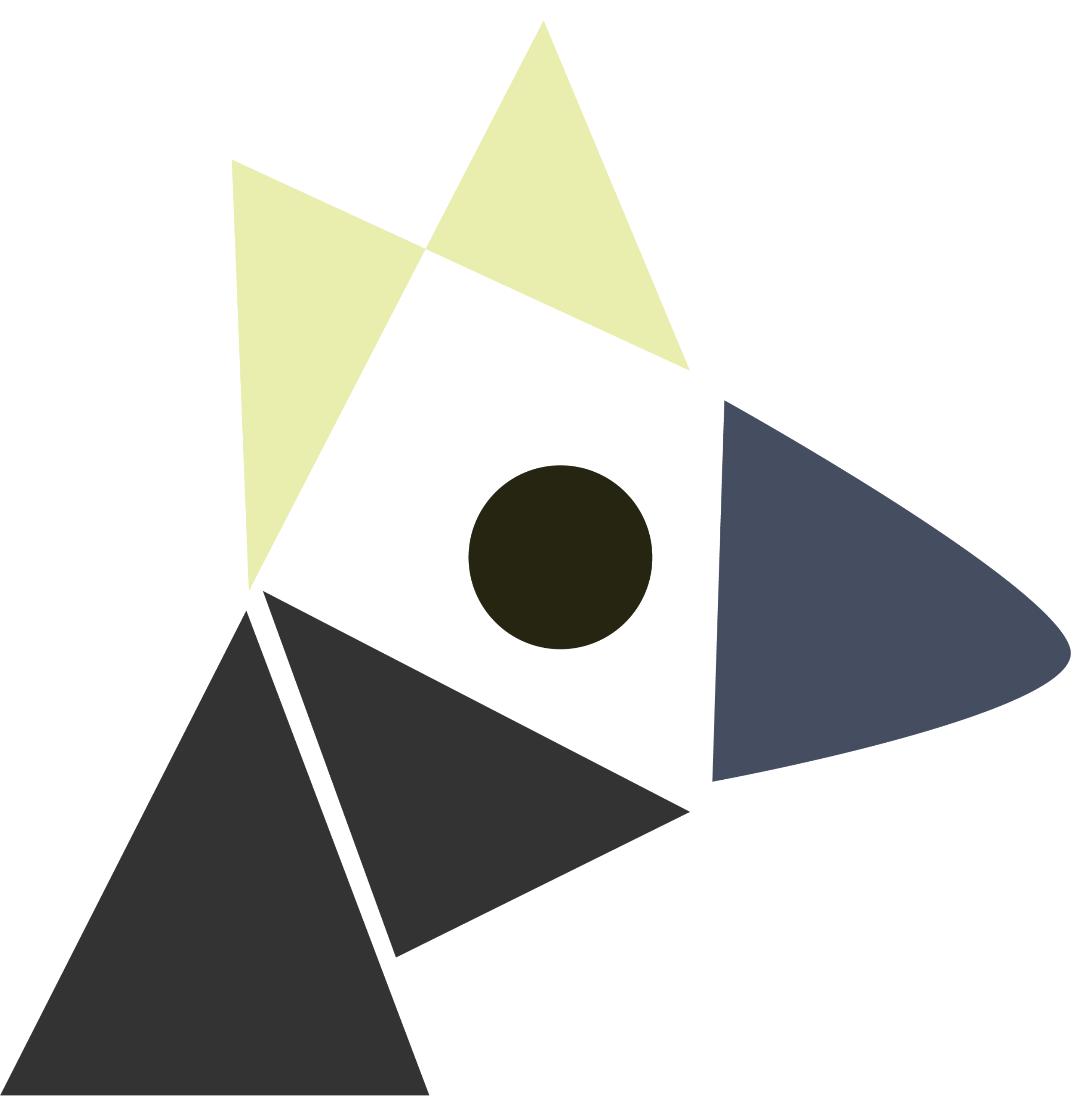If we know that \(a,b\) are both Gaussian distributions, then we have that:
\begin{equation} \mqty[a \\ b] \sim \mathcal{N} \qty(\mqty[\mu_{a} \\mu_{b}], \mqty[A & C \\ C^{T} & B]) \end{equation}
whereby:
- \(A\) is the covariance of each element of \(A\)
- \(B\) is the covariance of each element of \(B\)
- \(C\) is the covariance of \(A\) against \(B\)
To perform inference:
\begin{equation} p(a|b) = \mathcal{N}(a | \mu_{a|B}, \Sigma_{a|b}) \end{equation}
wherby:
\begin{equation} \mu_{a|b} = \mu_{a} + CB^{-1}(b-\mu_{b}) \end{equation}
\begin{equation} \Sigma_{a|b} = A - CB^{-1}C^{T} \end{equation}
Its a closed form solution. Tada.
We know that \(B\) is positive semidefinite, and that its invertible, from the fact that its a covariance.
